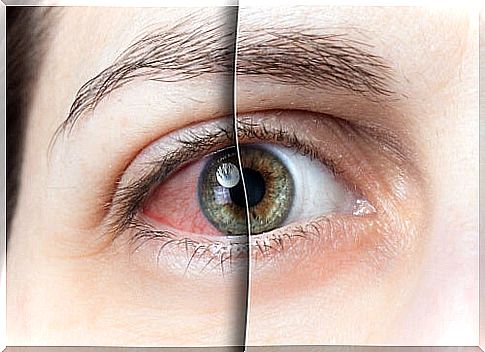Multiple Chemical Sensitivity, A Health Challenge
Multiple chemical sensitivity has other scientific names that relate it to its extreme allergic symptoms. The most widely accepted terminology in the scientific environment is that of idiopathic environmental intolerance .
In itself, it is a chronic pathology of the family of allergic reactions. In this case, the patient responds in an excessive way to small concentrations of substances that are usually found in the environment.
The substances must be chemical; therefore, it constitutes a topic of discussion in occupational medicine. There are laws that recognize it as an occupational disease, but others that do not.
For a long time it was put aside as a psychosomatic invention. Even today, there are doctors who do not recognize it as a pathology and attribute it to an excessive manifestation of the psyche of people.
Subjects with multiple chemical sensitivities are estimated to represent less than 1% of the general population. Different is the frequency among allergy sufferers, reaching more than 10% prevalence.
The diagnosis is very difficult. There is no laboratory test to certify multiple chemical sensitivity. The healthcare professional may suspect it, request allergy panels as a complementary test, and diagnose it based on these findings.
Pathophysiology of multiple chemical sensitivity
The origin of the disease is unknown. Scientific studies have yet to be published that unravel the mechanisms that lead to exaggerated allergic reaction at such low concentrations of the substance.
The most well-founded hypothesis stipulates that the person comes into contact with a chemical agent for the first time and his immune system reacts badly. The memory of the reaction remains and no more than a small new dose is needed to trigger the symptoms.
Another hypothesis goes in the same direction, but attributes more weight to the loss of tolerance. In other words, after a first encounter with the chemical, the body does not get used to it, but instead starts the opposite path of hypersensitivity.
This multiple chemical sensitivity would find stimulation in the limbic system of the nervous system. The stimulus of the substance may disappear, but the body sends out immune response signals with nothing concrete to attack.
Basically, the mechanism described resembles that of diseases such as fibromyalgia or irritable bowel. It is suspected that there is a pathophysiological link between these pathologies.

Symptoms of multiple chemical sensitivity
The signs and symptoms of this disease are very varied. Almost all organs can manifest when there is an acute reaction, making it even more difficult to identify.
The most common is that there is a respiratory allergy, with an itchy throat, a dry cough and a runny nose. Second, the digestive system is another affected, with nausea, vomiting and diarrhea.
In the eyes the classic symptoms of allergic conjunctivitis are registered, with tearing and red eye. On the other hand, the heart accelerates its heart rate, manifesting palpitations.
It is common for a person with multiple chemical sensitivities to end up being diagnosed with asthma, for example, or irritable bowel. However, this rare and truly disorienting condition is often overlooked.
Diagnostic criteria

There are two ways to advance the diagnosis of multiple chemical sensitivity:
- One of them is to use criteria recognized in the world, but somewhat general. They imply that the patient must comply with the following:
- Have symptoms every time you are exposed to the substance in question.
- Chronic evolution.
- Disappearance of symptoms from time to time, with intervals without allergic signs.
- Multiple involvement of tissues and organs at the same time.
- The other is to use the QEESI questionnaire : it is an instrument that measures, through questions to the patient, the degree of difficulty they have with the disease. Based on the score awarded, the severity can be classified.
Professionals treating fibromyalgia also use the QEESI questionnaire as an evaluation tool. This reinforces the idea of the connection between these pathologies.
The problem of multiple chemical sensitivity in the world of work
We said at the beginning of the article that multiple chemical sensitivity is a problem in the world of work. In this sense, it is difficult for companies and insurers to recognize it as an occupational disease.
However, it is worth asking what can be done with a person who suffers from it and has to be exposed to powerful chemicals for their work. A situation is generated that does not admit simple solutions, especially in the case of a pathology that does not have an accurate corroboration in complementary tests.
Meanwhile, the pathophysiology of the disease continues to be studied to clarify the doubts it raises. Perhaps, in the near future, an accessible test for its diagnosis will be developed.









